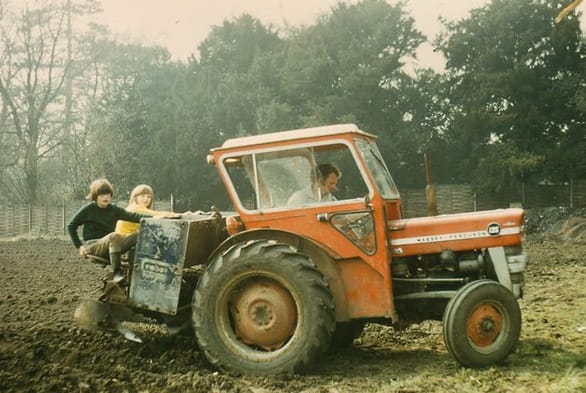Ploughing through the government’s A Green Future: Our 25 year plan to improve the environment, I was pleased to turn up the acknowledgement that 'Farms in both rural and urban locations host groups of school children and share their knowledge about the environment and where food comes from.'
I was instantly transported back to my school days in the ‘70s. Home was a Black Country council-estate flat, but during term time I attended one of Staffordshire County Council’s boarding schools. Not only did we get to visit a farm, we got to live on one. The introduction of the Technical Instruction Act of 1890 led the Council to invest in farm buildings and commit an annual sum equivalent to £37,813.50 in today’s money for an agricultural instructor. 80 years on, we boys worked a rota of morning shifts, sharing the steamy breath of our small herd of Ayrshires as we fetched them in for milking, and warming our cold hands beneath the warm, soft-feathered hens to collect our eggs for breakfast. Of a weekend we glooped around the pigsty, or carried out seasonal activities, such as lifting spuds destined for our plates. And occasionally we would be rewarded with a deliciously scented, late lights-out to allow us to harvest hay.
Working on the farm I grew to understand nature, not as a purely visual phenomenon glimpsed on TV or from the windows of a car, but as a living mix of smells, sounds, textures and tastes too. The resulting love of nature prepared the ground for a career in learning for sustainability; I’m currently a midlands advisor on the Global Learning Programme. I dearly hope our government acts on its observation so today’s children might too find inspiration.
You can find out more about the many benefits of school farms here.















